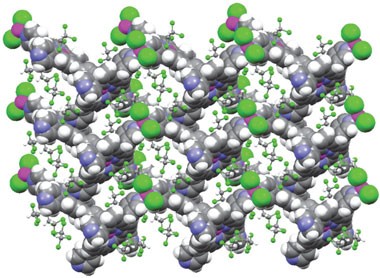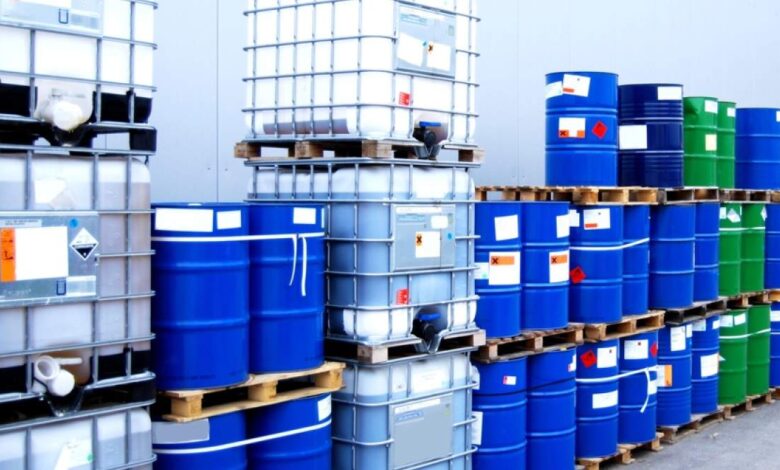Polymers are susceptible to various types of degradation when exposed to environmental factors like heat, light, oxygen and moisture. Without proper stabilization, the structural and mechanical properties of polymers deteriorate over time. Polymer stabilization is the process of adding specific chemical additive packages called stabilizers to polymers to protect them from degradation. Stabilizers aid in extending the lifetime and durability of plastic materials.
Heat Stabilizers
One of the primary threats to polymer stability is thermal or heat degradation. Under the influence of prolonged heat exposure, Polymer Stabilizers can undergo oxidative and non-oxidative processes that lead to chain scission and loss of properties. Heat stabilizers work by inhibiting these thermal degradation reactions. Common heat stabilizers used aremetaldeactivators like calcium/zinc stearates, alkylphosphites andphosphites/phosphonites. They function as peroxide decomposers that capture free radicals generated during thermal degradation. This prevents the radical chain reactions responsible for polymer breakdown. Heat stabilizers help polymers retain mechanical strength and appearances after exposure to extrusion temperatures, molding conditions, autoclaving sterilization etc.
Light Stabilizers
Exposure to UV radiation from sunlight can cause photo-oxidative degradation of polymers on outdoor application. This is characterized by discoloration, cracks and loss of impact strength over time. Light stabilizers absorb UVlight before it can react with the polymer. Common types are UV absorbers,quinones,HALS (Hindered Amine Light Stabilizers) and benzophenones.They convert absorbed UV energy into heat without damaging the polymer chains. This protects plastic materials from discoloration and weathering when used outdoor in applications like siding,trims and outdoor furniture.
Antioxidants
All polymers are susceptible to oxidative degradation triggered by oxygen, ozone and ambient pollutants in the atmosphere. During oxidation, peroxy radicals are formed within the polymer chains. If left unchecked, these radicals extract hydrogen atoms from neighboring chains leading to bond scission.Antioxidantsact as free radical scavengers that terminate these oxidation reactions.Common types used are phosphites,thioethersandhinderedphenols.Theystabilize polymers against discoloration, cracking andbrittlenessduring long term outdoor exposure or high temperature processing.
Antioxidants are also crucial internal stabilizers added during polymer production to protect polymers during melt processing, molding, extrusion etc. They inhibit thermo-oxidative degradation caused by residual oxygen and thermal oxidative reactions within the melt. This ensures long term thermal stability of molded/extruded polymer parts.
Other Polymer Stabilizers
Besides heat, light and oxidation protection, polymers may require additional types of stabilizers depending on end application demands:
– Acid scavengers neutralize acids formed during processing to prevent hydrolytic degradation of polymers likepolyesters.Commontypes arecalcium/magnesium stearates.
– biocidesand fungicides help prevent microbial growth on polymers subject to high moisture conditions likewater pipes.
– flame retardants improve fire resistance of polymers in wiring, cables and construction industry when durability at high temperatures is important.
– slip/antiblocking agents likesilica, talc and calcium stearate are often added to plastic films and sheets to prevent sticking and improve handling/processing.
Testing and Quality Control of Stabilizer Packages
Proper stabilization of commercial polymers requires carefully selected blends of synergistic stabilizers. The overall performance depends on correct additive types and concentrations. Ongoing quality testing ensures consistent stabilization during long production runs:
– Accelerated weathering tests ascertain light/heat stability of polymer-stabilizer formulations.
– Heat aging/thermo-gravimetric analysis evaluates thermal oxidative stability up to end use temperatures.
– Melt flow/color measurements check for signs of degradation during melt processing.
– Microbial tests confirm inhibition of molds/fungi on stabilized polymer samples.
– Long term outdoor exposure trials verify stabilization performance over product lifetime under real world conditions.
Proactive quality control through standardized testing procedures guarantees optimum protection of polymer properties throughout the value chain.
In summary, stabilizers play a vital role in providing necessary longevity and reliability to a wide range of plastic materials used in various industrial and consumer markets. Their judicious selection ensures sustainability of polymer products.
*Note:
1. Source: Coherent Market Insights, Public sources, Desk research
2. We have leveraged AI tools to mine information and compile it



